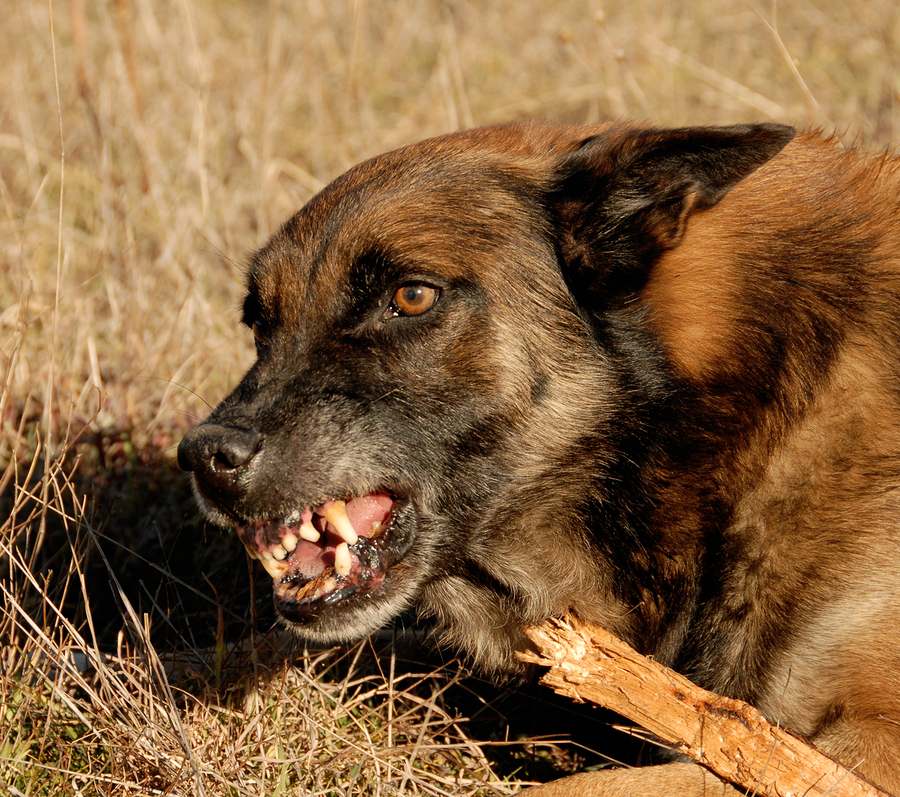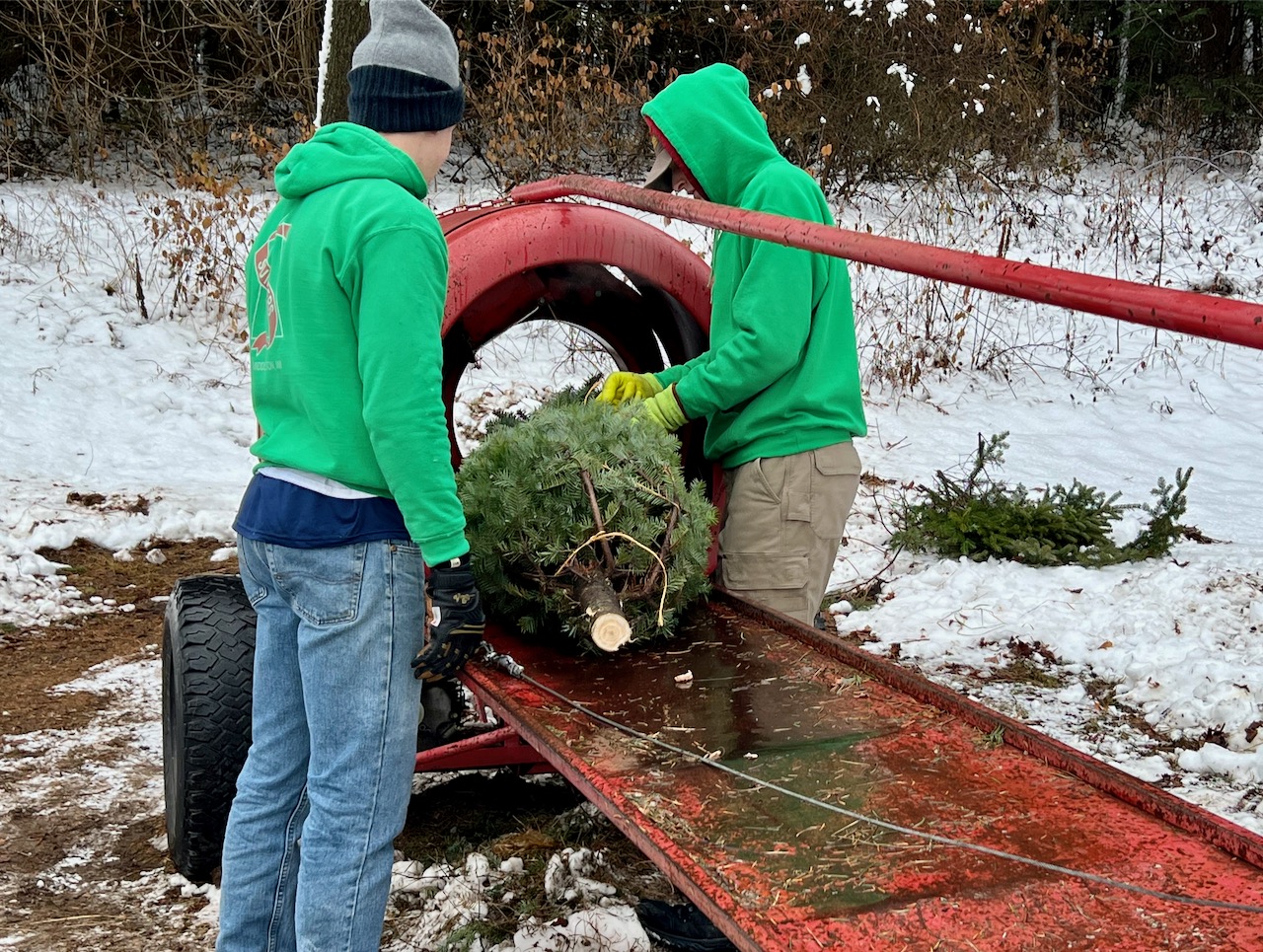Stress? Why would I be talking about that now? Aren’t the holidays nothing but joy and cheer and hot chocolate with beloved Uncle Bob? But you know why . . . Maybe you had to take three planes to visit Bob, or drive through fog for eight hours, or Uncle Bob is a . . . I’ll stop there, you get my drift. Holidays can both be joyful and stressful, and not just for us humans. Holidays can be stressful for our pets too. See, for example, Five Reasons That Dogs Become Holiday Grinches, and Your Dogs and the Holidays.
But stress (the negative kind, or, officially, “dis-stress), is a equal-opportunity phenomenon. Dogs can be stressed any time of the year, and it’s important for us to understand its implications.
Toward that end, I recently had the opportunity to talk with Kristina Spaulding, PhD, CAAB, about her fantastic new book, The Stress Factor in Dogs: Unlocking Resiliency and Enhancing Well-Being. (Also, check out her podcast, Research Bites.
I asked her “what do people not know about (dis)stress that you wish they did?” She answered: “How profoundly stress impacts not just behavior, but the whole animal.” Stress effects the immune system. It damages the prefrontal cortex and the hippocampus, impairing learning and memory, and makes the amygdala more reactive, increasing responses of fear or anxiety. During development it can “literally change how the brain is wired,” and developmental periods last through adolescence.
Before we move on, it should be noted that stress, at the right intensity and the right time, can be a good thing. Eustress, the good stuff, can increase feelings of happiness and satisfaction. (Whee! I’m getting a new dog!) Mild distress can enhance performance IF the task is well known and the stress is not too intense. Mild stress in most contexts is not a crisis; something I think about when I see concerns about dogs being stressed with some minor frustration. One of the most interesting parts of the book The Stress Factor is its brief discussion of “allostasis,” (versus “homeostasis”), acknowledging that healthy animals can respond to changes in the environment by adjusting its set point.
BUT, chronic distress, or distress due to trauma, can do an amazing amount of damage, especially in early development and adolescence.
The vulnerability of adolescent dogs was one of the things that most surprised Dr. Spaulding when she researched the book. We often think about adolescent children, and adolescent dogs, as being something we have to live through. The fifteen-year old girl who barely speaks to you, the nine-month old dog who blows off her recall cue. But it’s important to remember how vulnerable adolescents can be. I worked with “troubled adolescents” in Alaska and I can tell you that they were as raw as if they’d appeared in school without any clothes. We may remember those feelings from our own teenage years, but we don’t tend to generalize that to dogs. Dogs of this age need calm consistency, lots of positive reinforcement, and lots of space to keep themselves gathered together.
The Stress Factor has an extensive section on the effects of negative stress on dogs in utero and in early development. Any one considering raising a litter or getting a young puppy would do well to read and reread these pages. But, if you have a dog who is long out of adolescence and might be suffering from dis-stress, first educate yourself on signs of acute or chronic stress in dogs. (The Whole Dog Journal has a good article on it, but the internet is full of videos and articles about signs of stress in dogs.)
So, what if you have a dog whose behavior suggests that stress is a significant factor on how they respond to the world around them? Perhaps you have a dog who barks nervously at every dog she sees on a walk. Perhaps your dog doesn’t want to come out of his crate, and you adopted him three months ago? We can’t go back and redo what happened to a dog early in life, but can do a lot of repair. Dr. Spaulding has thirty six excellent pages on helping dogs avoid or recover from the toxic effects of stress.
Number one on her list is control. I can tell you from personal experience that one of the worst aspects of severe trauma is the loss of the belief that if you’re fine this second, you’ll still be fine the next. Most of us live our lives oblivious to the fact that we could die any second–an optimism in part born from experience–look at all the seconds we’ve been okay! But it’s also because a certain amount of naivete is critical for good health: Having your brain set on RED ALERT is not good for you. When you are chronically stressed, your brain is always ready to slam into full-blown panic–which is why stress can take such a toll on a brain and body’s daily function.
Providing individuals control over their lives helps to counter the internal fear that they just never know what is about to happen. That means never forcing your dogs into a scary situation (if at all possible), letting them make decisions when possible about when to proceed, teaching them that their behavior can drive the reinforcement.
Social support can also be critical. A large body of research that shows social animals are less stressed if with others than if alone. The ASPCA has a new study out on their work with extremely fearful dogs, which includes creating situations in which dogs spend time with other dogs, even ones who are fearful as well. My own Maggie would like to chime in here: When she came to us she was nervous about unfamiliar dogs when out on a walk, whether alone or beside Willie. I did a little work with her, but because it wasn’t anywhere near as serious as Willie’s reactivity, I didn’t do as much as I could have. (By the time Maggie came, Willie’s reactivity was 95% improved.) She’d stiffen and growl when she saw other dogs, but was relaxed once she was able to get close and sniff them. But the first time she saw dogs off the farm with Skip beside her, she was a different dog. Relaxed and curious. Maybe one of her nicknames should be Whitney Houston, from the movie Bodyguard in the early 90’s.
There is so, so much in this book that is of value. I could go on and on, but this is a blog post, not a book unto itself. If you’re serious about behavior, and love knowing what science has to tell us about it, this is an invaluable book to have. (Kristina calls herself “geeky serious” about science and behavior, which of course, makes me adore her even more.) It’s also full of practical information, and an enjoyable read.
Here’s what I said about the book when I had a chance to review it: Kristina Spaulding has done dog lovers and dogs a huge favor by writing The Stress Factor in Dogs. Chock full of accessible science, it is one of the most important books to come out about dog behavior in a long time. Even if you know a lot about this topic, I guarantee you, you’ll learn even more. If you work with dogs or have a dog who doesn’t spend his entire life in a Valium-like haze of happiness, get this book. It is a triumph!
That said, you should know that I have known and admired Kristina since she was an undergraduate. I read through earlier drafts and made suggestions, mostly about changing from “academic speak” to writing for dog lovers. Full disclosure is important, but I guarantee you I’d love this book no matter who wrote it.
MEANWHILE, back on the farm: We got some snow last week, which was welcome to me, anyway. It makes everything so much prettier. But then, it warmed up, so now we have squishy snow, slippery icy spots, and yes, plenty of mud. The Triple Crown of Crappy footing. Here’s a photo of the pretty stuff. And no, I didn’t switch to a black and white filter, that’s just the world we’re in right now.
Color has come from the Christmas tree that Jim and I got at Summer’s Christmas Tree Farm outside of Cross Plains. The tree on the left in the foreground is now in our living room, waiting for the ornaments to be added this week.
Here’s our tree being wrapped in this mezmorizing “Christmas tree wrapping machine thing-y” before being tied to our car.
It’s been a very holiday weekend, more baking (banana bread below), more gift wrapping and packages sent, and a start on the Christmas card list.
I swear I’d send you all a Christmas card if I could. Wait! I can! Here it is . . . just pretend it came in an envelope.
I’m going to take a holiday break for the next two weeks–all those bags of home-baked goodies for friends aren’t going to fill themselves, after all. So, I’ll take this opportunity to say to you all: May your holidays be full of peace and exhilaration, in just the right amounts, at just the right time.







